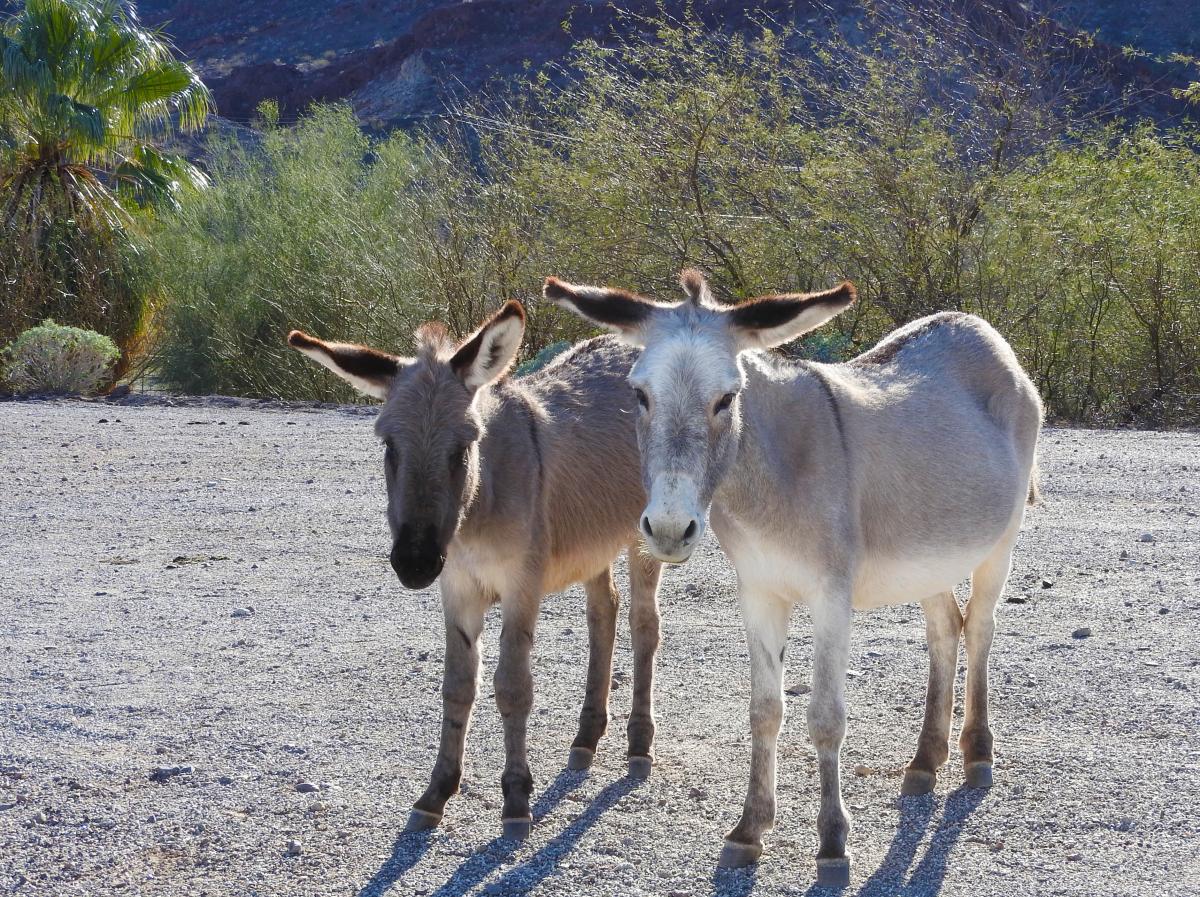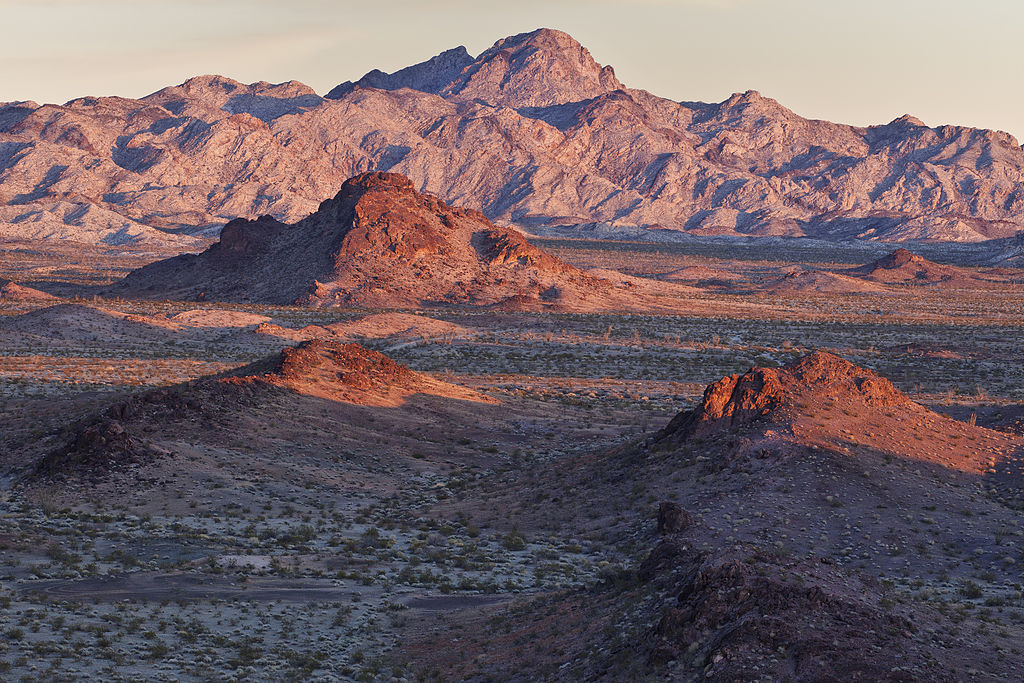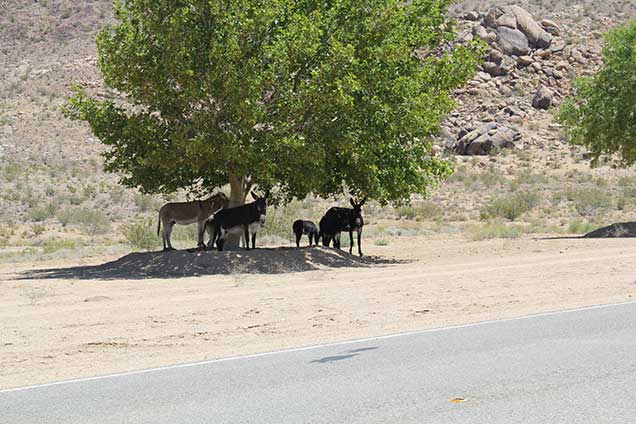Our blog series, Herds Across the West, examines wild horses and burros by herd, Herd Management Area (HMA) and state to provide a deeper understanding as we report on roundups and actions affecting each region.
Chemehuevi Herd Management Area | San Bernardino County, California
Head toward the Mojave Desert and you’ll find plenty of picturesque creosote bushes and famed Joshua trees. You can expect to see desert creatures like big horned sheep, coyotes, jackrabbits, and reptiles. And in San Bernardino County in southwestern California along the Colorado River, you might also be lucky enough to spot the Chemehuevi wild burros.

These wild burros, known for their Herd Management Area (HMA) as the Chemehuevi burros, roam on 138,333 acres of protected public lands. Despite the harsh conditions of the desert, the wild burros thrive and live peacefully there with other wildlife.

Hardworking origins
It is believed these burros are left over from the mining days in the early 1800s. Burros were used to transport gold and other metals in and out of the mines until they were abandoned when they were no longer needed and the railroad was developed.

How to get there
The Chemehuevi HMA encompasses an area from 7 miles south of Needles, CA to the Parker Dam and includes land east of U.S. 95 eastward to the Colorado River.
Drive through with caution
In Summer, drivers are advised to use extra caution along the highways, because the burros meander down from the horseshoe shaped Chemehuevi Mountains to find water and shade under small roadside trees. And because of their collective desert camouflage of grey, black, blue and even pink coats, they blend into their surroundings.
AML and roundup status
The BLM sets an Appropriate Management Level (AML) for this HMA at 97-108 burros. The burros also partially live on Native American Chemehuevi tribal land.
The BLM conducted a roundup in this area in 2018. The Chemehuevi Tribe requested “excess” burros be removed. The BLM implemented bait and water trapping and removed 62 burros on tribal land and then removed another 223 burros from BLM land.
As of early 2020, there are currently no roundups planned for this area.


